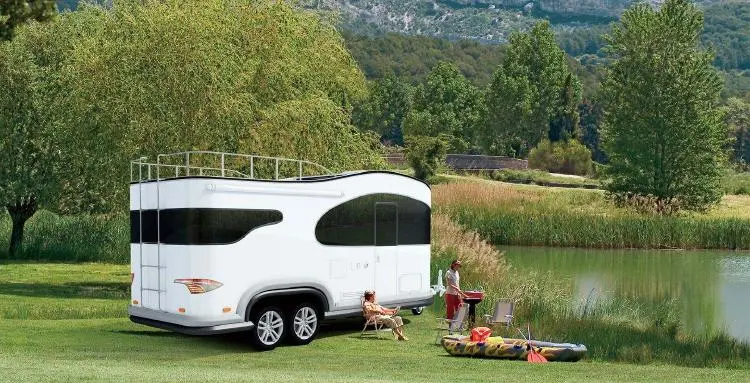 |
Welcome To Evlithium Best Store For Lithium Iron Phosphate (LiFePO4) Battery |
 |

When it comes to powering an RV, the choice between a 12V and a 24V system is crucial. These are the two most popular electrical systems used in RVs today. While they serve the same purpose—providing power to your RV—their different voltages lead to distinct performance characteristics.
The primary difference between these two systems is, of course, the voltage. Voltage is a measure of the electrical potential needed to drive current through a circuit. This difference in voltage not only affects the current but also influences the overall efficiency and performance of the system.

The 12V system is the most widely used in RVs and other vehicles. From cars to remote controls, and even electronic watches, the 12V system has become a standard due to its historical prevalence. Many RV components like the starter, lighting, and ignition systems are designed to be compatible with 12V, making it a convenient choice for most RV owners.
The 12V system's popularity is largely due to its versatility and the fact that it meets the basic electrical needs of an RV, such as powering lights, refrigerators, and other essential appliances. Additionally, 12V batteries are typically smaller and take up less space, which is a significant advantage for smaller RVs where space is at a premium.
However, as the demand for more advanced and power-hungry devices increases, the limitations of the 12V system become apparent. A key drawback is that in circuits where power requirements are the same, lower voltage means higher current, leading to greater heat generation. This can result in higher resistance losses and reduced overall system efficiency.
The 24V system is increasingly being adopted by manufacturers of electrical equipment, and for good reason. It supports a broader range of electrical devices and has lower wiring costs. While it may not yet be directly compatible with many existing 12V devices, the shift towards 24V systems is reminiscent of the transition from 6V to 12V systems in the past. Today, 24V systems are often found in RVs with solar setups, heavy-duty trucks, large buses, and marine vessels.
One of the main advantages of a 24V system is its reduced current, which leads to lower resistance losses, making the system safer and more cost-effective in terms of wiring. The 24V system also excels in powering motors and inverters, offering more efficient operation—particularly beneficial for medium to large RVs.
However, the 24V system does have its downsides. The most notable is its lower compatibility with the vast majority of 12V devices currently in use. In most RVs, this means you'll need a step-down converter to reduce 24V to 12V in certain circuits, allowing you to run lighting, ignition, and other essential systems.
There's no one-size-fits-all answer to whether a 12V or 24V system is better for your RV. The best choice depends on your specific situation. If you own a smaller RV, such as a Class B, Toy Hauler, or Pop-up, where space is limited and electrical demands are modest, a 12V system is likely sufficient. On the other hand, if you have a larger RV like a Class A or 5th Wheel, a higher voltage system—24V, or even 36V or 48V—may be more appropriate. These systems can accommodate more appliances, offer reduced wiring costs, and better manage the larger space.
Ultimately, both 12V and 24V systems have their strengths and are suited to different applications. When considering an upgrade to your RV's electrical system, you might also want to consider integrating LiFePO4 batteries with a 24V system. These batteries are known for their safety, reliability, and ability to enhance your RV experience by providing consistent power.
Edit by paco
All Rights reserved © 2025 Evlithium Limited